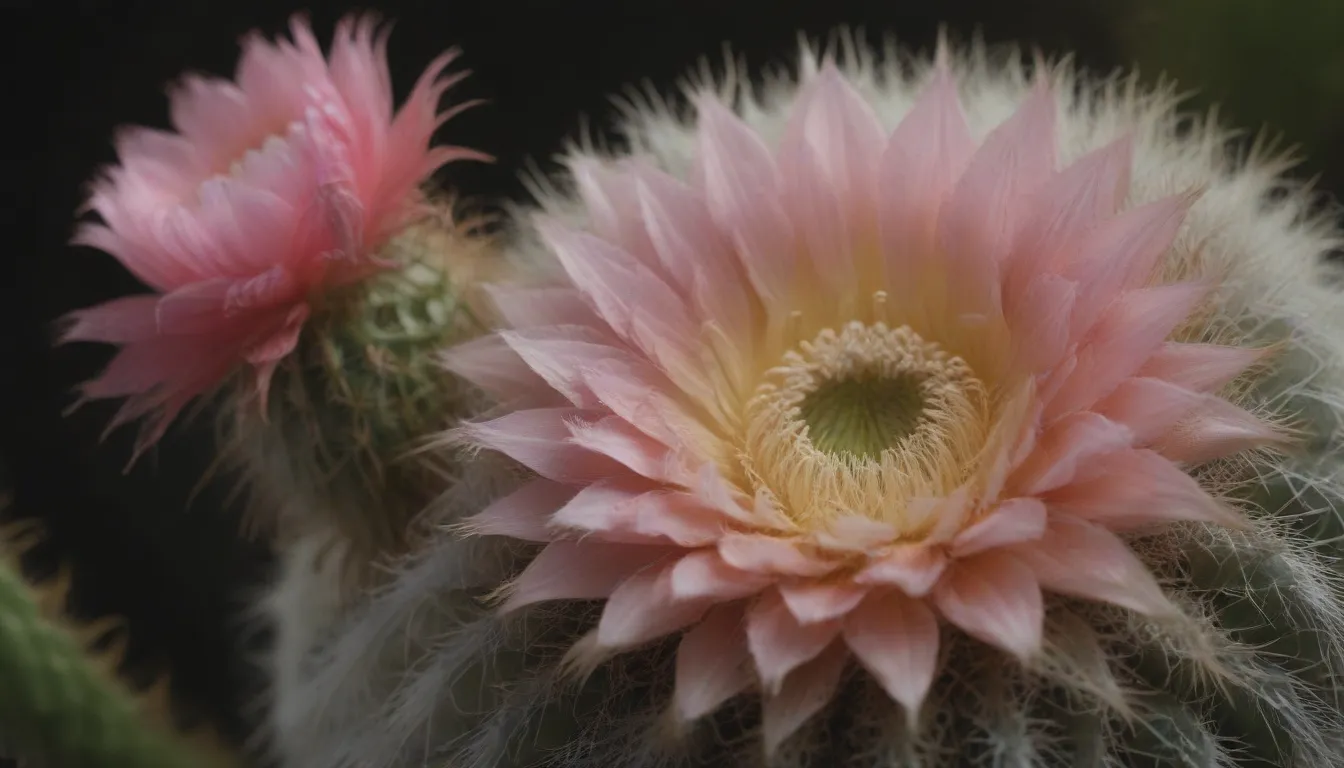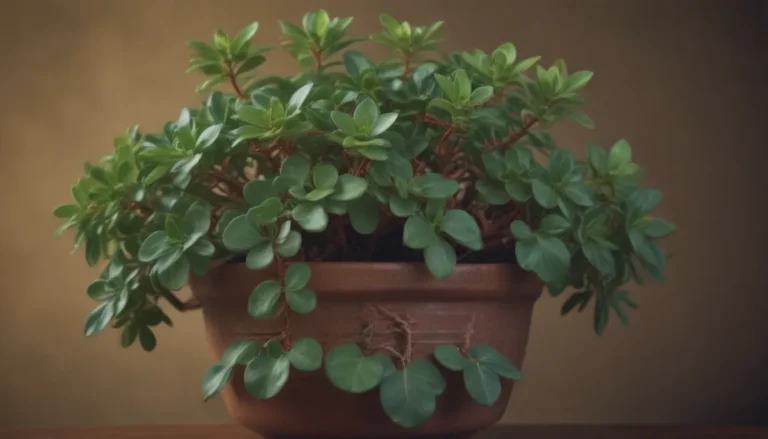The Ultimate Echinocereus Cactus: Complete Guide to Growth and Care

Are you a cactus lover looking to add a unique species to your collection? Look no further than the Echinocereus cactus! With around 70 species to choose from, these cacti come in various shapes and sizes, making them a fascinating addition to any garden or indoor space. Known for their cylindrical shape, tight spines, and colorful, showy flowers, Echinocereus cacti are often referred to as “hedgehog cactus” due to their resemblance to the spines and rounded shape of the small mammal.
In this comprehensive guide, we will explore everything you need to know about growing and caring for Echinocereus cacti. From light and soil requirements to watering and propagation tips, we have you covered. So, grab your gardening gloves and let’s dive in!
What is Echinocereus Cactus?
The Echinocereus genus is home to a variety of unique cacti species, each with its own charm and characteristics. From the kingcup to the strawberry, these cacti offer more than just visual appeal. For example, the Echinocereus engelmannii has been a valuable resource for Indigenous people in the American Southwest, providing sweet fruit known as the “strawberries of the desert” and a salve for burns.
One of the most sought-after species is the pink rainbow hedgehog cactus, Echinocereus rigidissimus rubrispinus, which blooms with vibrant flowers in the spring. With their requirements for sunny, warm climates and ability to withstand some cold temperatures, Echinocereus cacti are a great choice for both beginners and experienced gardeners.
Echinocereus Care Tips
Taking care of your Echinocereus cactus is relatively straightforward, as long as you meet its basic needs. Here are some essential care tips to help your cactus thrive:
- Light: Echinocereus cacti require full sun, with at least six hours of direct sunlight daily. A south-facing window is ideal for indoor plants.
- Soil: Use a well-draining potting mix specifically designed for cacti and succulents to prevent root rot.
- Water: These cacti do not need frequent watering. Allow the soil to dry out between watering sessions to avoid waterlogged conditions.
- Temperature and Humidity: Echinocereus cacti prefer temperatures above 50 degrees Fahrenheit and do not require high humidity levels.
- Fertilizer: Feed your cactus with a liquid cactus fertilizer in the spring, following label instructions. Avoid fertilizing during the rest of the year.
Types of Echinocereus Cacti
There are several popular species of Echinocereus cacti known for their unique shapes and striking flowers. Some of the most notable species include:
- Echinocereus stramineus
- Echinocereus engelmannii
- Echinocereus triglochidiatus
- Echinocereus coccineus
- Echinocereus rigidissimus rubrispinus
Propagating Your Echinocereus Cactus
Whether you choose to propagate your Echinocereus cactus through offsets or seeds, the process is relatively simple. Here’s a brief overview of both methods:
- Offset Propagation: Separate offsets from the parent plant and plant them in well-draining soil.
- Seed Propagation: Plant seeds in sandy soil in the spring, keep them moist, and wait for germination.
Potting and Repotting Your Echinocereus Cactus
Choosing the right container and knowing when to repot your Echinocereus cactus are essential for its overall health. Follow these guidelines for potting and repotting your cactus:
- Use a well-draining container with ample drainage holes.
- Repot only when the roots outgrow the current pot or the plant becomes top-heavy.
- Be gentle when repotting, as Echinocereus cacti have fragile roots.
Overwintering Your Echinocereus Cactus
Overwintering your Echinocereus cactus is crucial for blooming. Ensure your cactus receives enough sunlight and remains cool and dry during the winter months. For outdoor plants, protect them from freezing temperatures within hardiness zones 5 through 10.
Common Pests and Plant Diseases
Echinocereus cacti are generally resistant to pests and diseases, but vigilance is key to maintaining their health. Keep an eye out for mealybugs, aphids, and scale, which can damage the plant. Treat any infestations promptly with organic pest sprays and ensure proper soil drainage to prevent root rot.
How to Get Your Echinocereus Cactus to Bloom
Encouraging your Echinocereus cactus to bloom requires providing it with adequate light, temperature fluctuations, and a cold or dormant period. Follow these steps to help your cactus produce beautiful, colorful flowers:
- Ensure your cactus receives at least six to eight hours of full sun daily.
- Mimic temperature variations by using supplemental grow lights or placing the plant near a window.
- Overwinter the cactus in a cool, dry environment for at least 60 days.
- Gradually introduce warmer temperatures and increased watering after the dormancy period to stimulate growth and blooming.
Common Problems and Solutions for Echinocereus Cactus
While Echinocereus cacti are generally low-maintenance plants, they can experience issues such as rotting stems, stunted growth, and corking. Here are some common problems and solutions to help your cactus thrive:
- Mushy or Rotting Stem: Remove affected parts and adjust watering and light conditions.
- Shriveled, Stunted Growth: Water the plant more frequently and provide adequate sunlight.
- Hardened Browning of the Plant Flesh: Monitor watering and light exposure to prevent corking.
In conclusion, Echinocereus cacti are unique and beautiful plants that can thrive with minimal care. By following the tips and guidelines in this guide, you can enjoy a colorful and healthy cactus collection that will bring joy and beauty to your home or garden. Embrace the world of Echinocereus cacti and watch your collection grow and bloom year after year!
Remember, the key to successful Echinocactus care lies in meeting their basic needs for light, water, soil, and temperature. By providing the right conditions, you can enjoy a stunning display of flowers and healthy growth from these fascinating cacti. So, go ahead and add an Echinocactus to your plant family – you won’t be disappointed!





